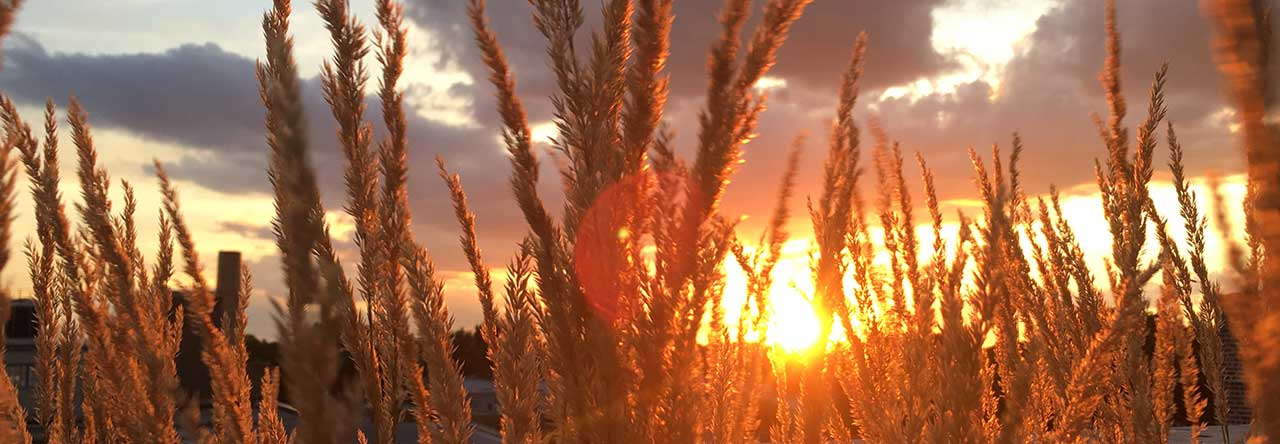I can finally report that I’ve begun the task that brought me here to Egypt. Two and a half weeks ago, I started teaching a five-week course in documentary filmmaking as part of the professional development program at the Adham Center for Electronic Journalism here at the American University. My students have a wide range of experience and interests, but they’re mostly young and all eager to tell stories. I’ve been struggling to cram as much as I can into a five-week course, and it’s been a little exhausting, but it has been so much fun to teach these guys and go out and shoot with them.
There are about 10 students split into two groups, and in the two sections we’re doing a total of three short films. One is a character piece about the pilot of a sailboat (called a felucca) on the Nile. Another is about a nature preserve and recreation area outside of town, called the Wadi Degla. And the third is about the camel market on the outskirts of Cairo.
We shot there on Sunday morning, and once you enter the gates you’d swear you stepped back centuries into medieval times (that is, until someone’s mobile phone rings). The bargaining at the auctions is fierce and done at the top of the lungs, as men huddle around an animal and bark out offers. All around them are guys with sticks, beating the animals into submission to move them around. Once a deal is made, a man marks the hide with shoe polish in the insignia of the owner and the stick men whack the camel’s backside to send it off running.
The camels come mostly from the Sudan and Somalia, and they look weary from the journey, after miles and weeks on foot, then by truck or train once they enter Egypt. Their fate once they leave the market, I’m afraid to say, is to the abattoir. Most of the camels at this market are sold for meat and end up in a dish called kofta, which is the mystery meat one finds in food stalls throughout Cairo. Instead of “Soylent Green is People!”, I can hear Charlton Heston saying “Kofta is Camel!”
As the students who did a site survey told me, “everyone has a stick,” and they use them with abandon. It’s barbaric how much they whack the camels to herd them around and get them to go onto trucks. When you go to this place, you have to completely suppress any of your instincts to care for animals as living, feeling beings. Remember, if you try to intervene, you’re surrounded by men with big sticks. And all of them see these dromedaries as cash cows.
The camels seem to know the jig is up once they’re on the lorry.
But a highlight was when a man came up to me and said “bibi!” And he ushered me to a pen where I saw this newly born creature with its mom, who kept me a safe distance from her calf, with a determined stare and a harumph.






















































